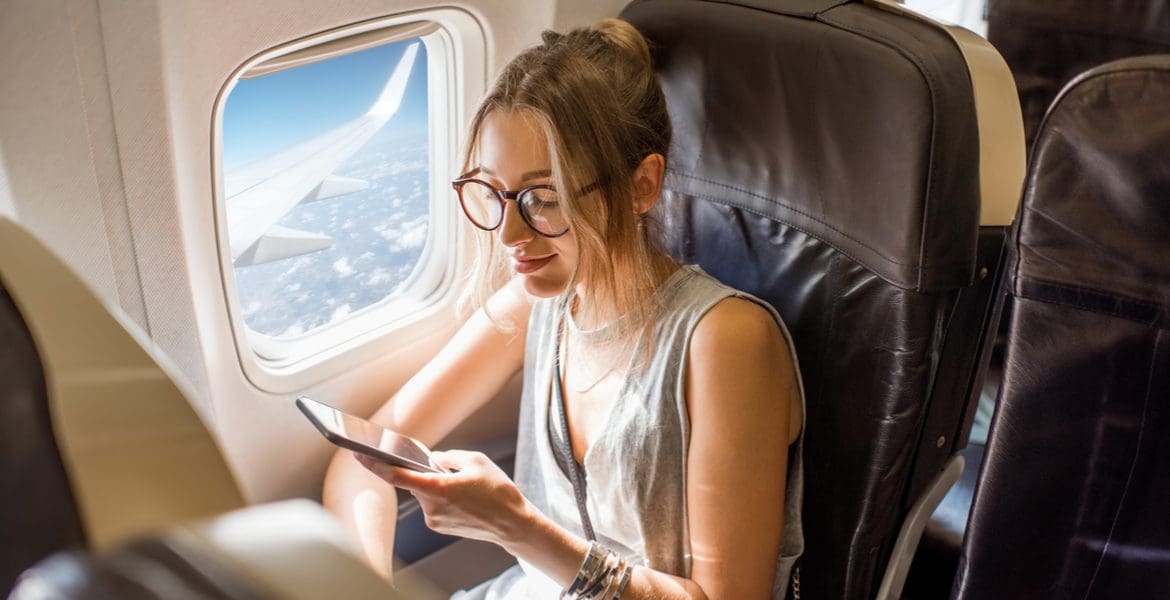The Scientist: Jens Ponikau, M.D., an otolaryngologist at the University at Buffalo.
The Answer: When you’re on a plane in ascent, the air pressure in the cabin decreases as you climb. (There is a limit: Planes are pressurized to the equivalent of an altitude of 5,000 feet, roughly like spending the day in Denver.) Now, behind your eardrum, in your middle ear, is a cavity that’s filled with air. Whatever the air pressure was when you boarded your flight, that’s the pressure inside this cavity. So, when the cabin pressure drops, the higher-pressure air in your head expands, pushing against your eardrum and causing it to bulge out like an inflated balloon. When the eardrum becomes taut it can’t vibrate properly, which is why things sound muffled in midair. More importantly, the pressure build-up in you middle ear is uncomfortable and even painful.
Your ear is rigged with a simple and elegant system for equalizing the air pressure on either side of your eardrum. There is a small canal, called the auditory or Eustachian (yoo-STAY-shun) tube, that connects the middle ear to the back of the throat. The opening of the tube is vaguely similar to a whale’s blowhole; it’s covered by a bit of soft tissue that is pulled open by a set of muscles. Those muscles are activated when you swallow or yawn, opening the passageway to allow air to escape from your middle ear. This decreases the pressure inside, equalizing it with the pressure outside. The sensation of “popping” is the eardrum going back to normal. It could take a couple tries.
When the plane lands, the same thing happens in reverse. Pressure in the cabin increases on the approach, but the air in your middle ear still acts like you’re at 5,000 feet. So you swallow or yawn to open the Eustachian tube and let air push its way from your throat into the cavity. If that doesn’t work, you might also hold your nose and blow, forcing air through the canal. This more aggressive move might hurt a little, but contrary to popular belief, it’s not bad for you.
If even this doesn’t work, or if after you’ve landed, picked up your bags and hailed a cab back home your ears still haven’t popped, chances are good that there’s mucus in the auditory canal. The movement of air back and forth is enough to sweep gunk into the works, and a cold, allergies or ear infection can make it worse. Eventually the mucus will dissolve, clearing the path. But if your ears haven’t popped more than a day after your flight, you probably want to see a doctor.






